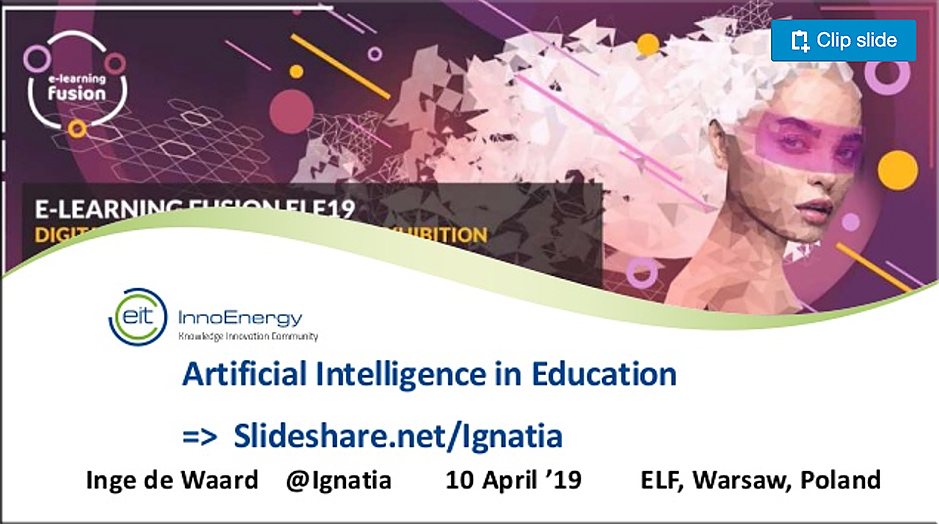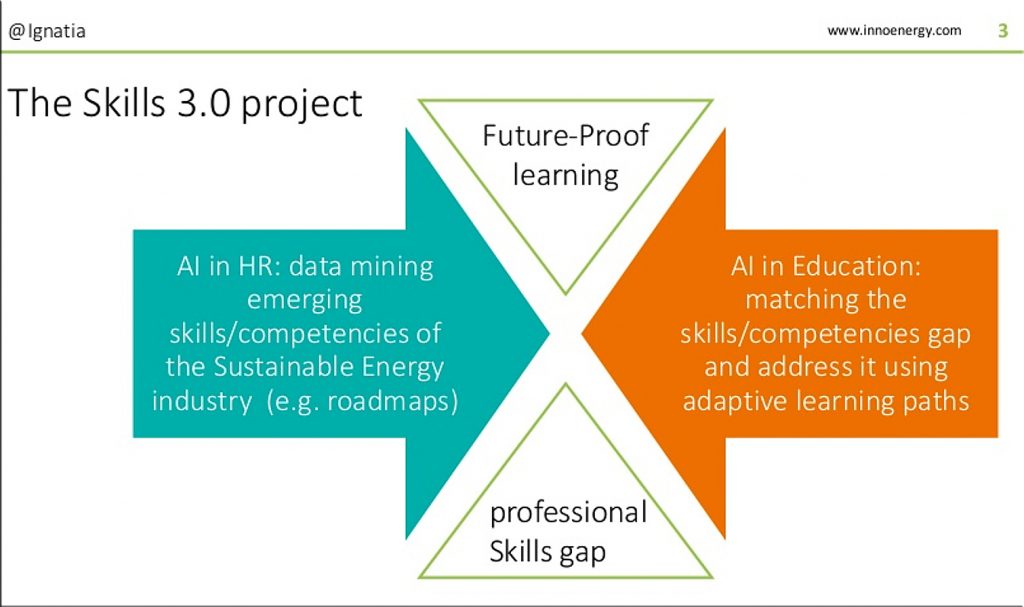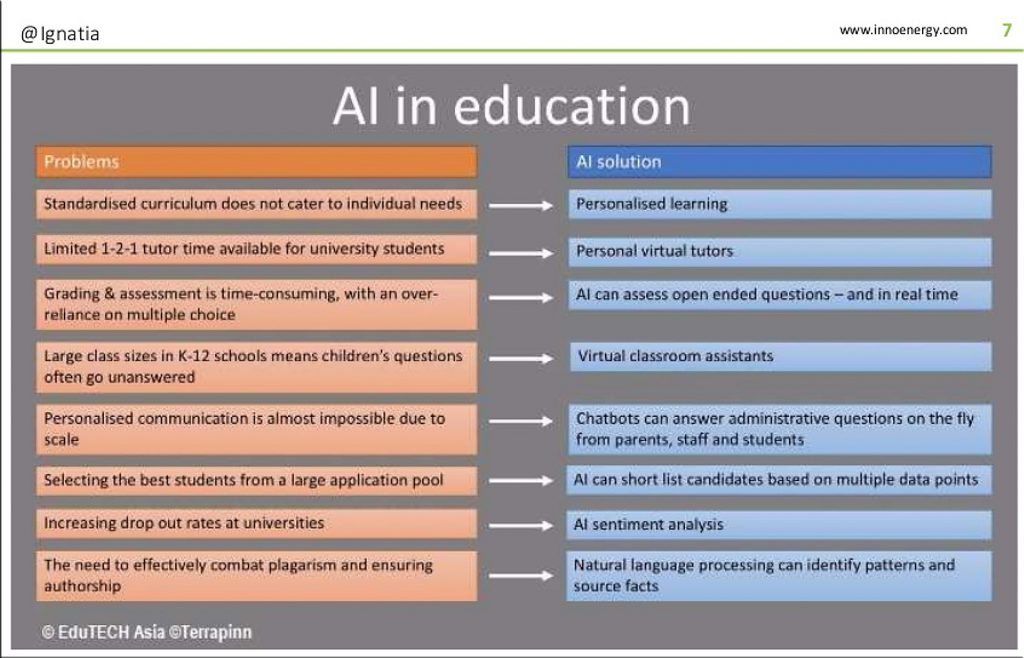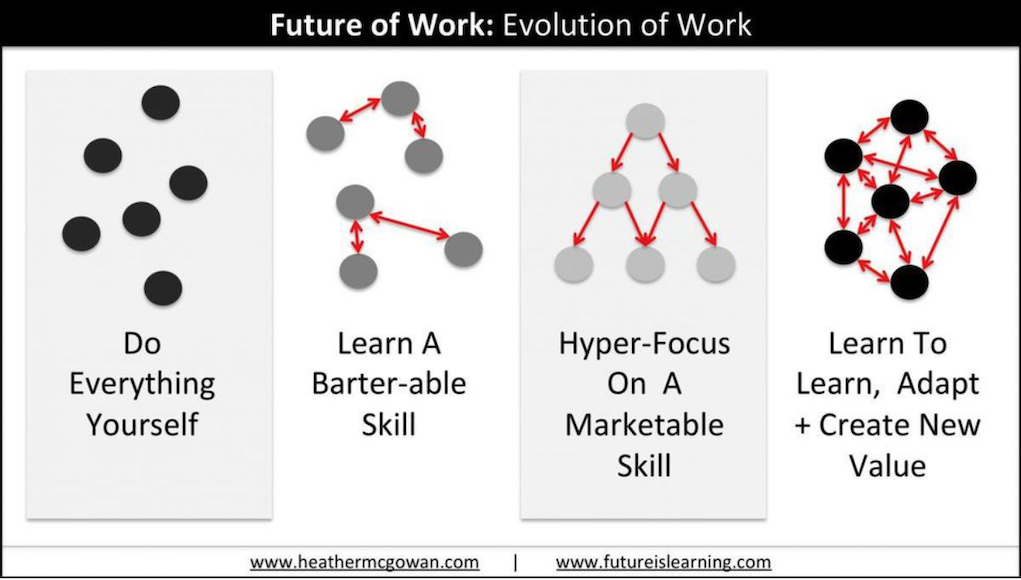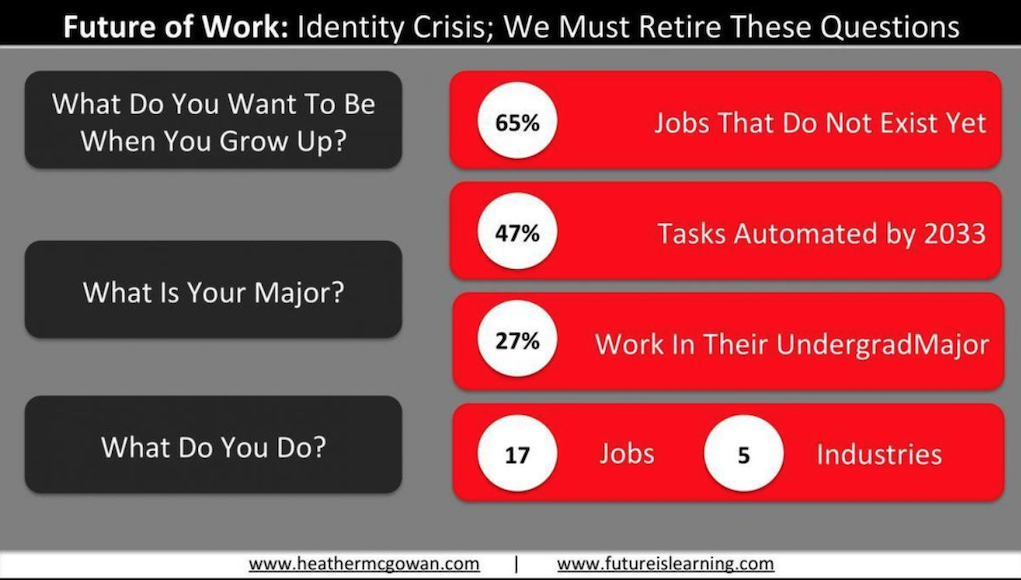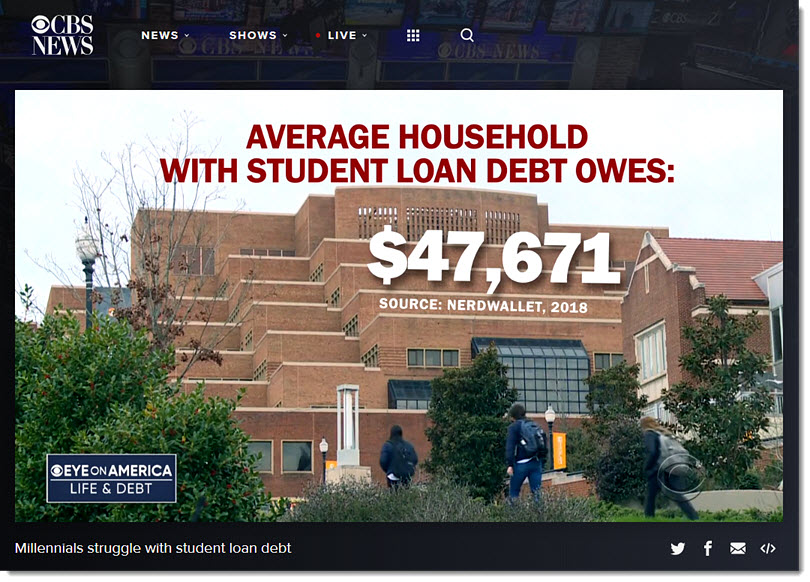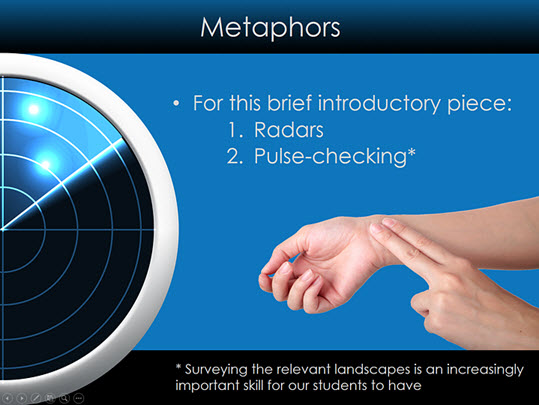This is likely the No. 1 thing affecting your job performance — from fastcompany.com by Art Markman
Hint: It all starts with figuring out what you don’t know.
Excerpts:
Learning on the job is probably the single most important factor driving your performance at work. You won’t know everything you need to about your job when you’re hired, no matter how good your education is or how much experience you had in previous positions. The road to learning starts with a willingness to admit what you don’t know and an interest in learning new things.
The ability to know what you know and what you don’t know is called metacognition—that is, the process of thinking about your thinking. Your cognitive brain has a sophisticated ability to assess what you do and don’t know. You use several sources of information to make this judgment.
…
One important social aspect of the Dunning-Kruger effect is that it often leads to tension between younger employees and the firms they work for. People who don’t really understand what skills are required for success in a particular domain may overestimate their own abilities and minimize their perception of the gap between themselves and more senior members of a firm. As a result, they won’t understand why they aren’t being promoted faster and will quickly get frustrated in the early stages of their career. The more you appreciate everything involved in expert performance, the more patient you can be with your own development.
After you get the hang of a new position, be strategic about what you learn. You probably need a wider range of expertise than you think. Solving hard problems at work requires drawing not just on expertise from within the domain of your work, but also on knowledge about other areas that may not have seemed relevant at first.









